

Articles
How Much Does An LED Light Bulb Cost?
Modified: August 27, 2024
Looking for informative articles on how much a LED light bulb costs? Find out the average prices and best deals on LED bulbs for energy-efficient lighting.
(Many of the links in this article redirect to a specific reviewed product. Your purchase of these products through affiliate links helps to generate commission for Storables.com, at no extra cost. Learn more)
Introduction
LED light bulbs have garnered significant attention in recent years due to their energy efficiency and longevity compared to traditional incandescent bulbs. As the world becomes more conscious of the environmental impact of energy consumption, LED light bulbs have become a popular choice for homeowners and businesses alike.
In addition to their eco-friendliness, LED light bulbs also offer a range of benefits, including cost savings in the long run. While LED light bulbs may have a higher upfront cost compared to traditional bulbs, their efficiency and durability can result in significant savings over time.
However, the cost of LED light bulbs can vary depending on several factors, so it’s essential to understand the key elements that affect their pricing. This article will delve into these factors, explore the different types of LED light bulbs available, discuss the average cost of LED light bulbs, and provide some helpful tips for choosing the right LED light bulbs for your needs.
By the end of this article, you will have a comprehensive understanding of the costs associated with LED light bulbs, empowering you to make informed decisions when upgrading your lighting system.
Key Takeaways:
- LED light bulbs offer long-term cost savings through energy efficiency, reduced maintenance, and potential government incentives. Their upfront cost is quickly recouped, making them a financially savvy and environmentally friendly choice.
- Understanding the factors affecting LED light bulb costs empowers informed decisions. With versatile options and significant energy cost savings, LED bulbs revolutionize lighting for both residential and commercial needs.
Read more: How Much Does A Light Bulb Cost To Run
Factors Affecting LED Light Bulb Costs
When it comes to pricing LED light bulbs, several factors come into play. Understanding these variables can help you determine why certain LED light bulbs may be more expensive than others. Here are the key factors influencing LED light bulb costs:
1. Quality and Brand: The quality and reputation of the brand can significantly impact the cost of LED light bulbs. Well-known brands often invest in research, development, and high-quality materials, which can reflect in a higher price tag. However, opting for a reputable brand ensures reliability and longevity of the LED light bulbs.
2. Lumens and Brightness: The brightness or luminosity of an LED light bulb is measured in lumens. Higher lumen output will generally result in a higher cost. When choosing LED light bulbs, consider the level of brightness required for your specific lighting needs. It’s essential to strike a balance between energy efficiency and adequate illumination.
3. Color Temperature: LED light bulbs come in various color temperatures, from warm white to cool white. The color temperature is measured in Kelvin (K) and can affect the cost of the bulb. LEDs with a wider range of color temperatures may be more expensive due to the advanced technology and additional components required to produce different hues of light.
4. Dimmability: LED light bulbs that are dimmable offer adjustable brightness levels, providing flexibility in creating ambiance. However, dimmable LED bulbs usually come at a higher cost due to the complexity of their design and additional components required to enable dimming functionality.
5. Energy Efficiency: One of the key advantages of LED light bulbs is their energy efficiency. LED bulbs consume less energy than their incandescent counterparts, resulting in lower electricity costs. However, the initial cost of LED bulbs may be higher due to the advanced technology and materials used to achieve this efficiency. It’s important to consider energy savings over the lifespan of the bulb when assessing the overall cost.
6. Lifespan: LED light bulbs are known for their long lifespan, often lasting tens of thousands of hours. While this longevity translates into cost savings over time, it can contribute to a higher upfront cost. Investing in durable LED bulbs can be more expensive initially but can pay off in the long run by reducing replacement costs.
7. Additional Features: Some LED light bulbs offer additional features such as smart capabilities, compatibility with home automation systems, or specialized lighting effects. These added functionalities can increase the cost of the bulbs. Consider whether these features are necessary for your specific lighting needs before opting for pricier options.
By considering these factors, you can better understand the range of costs associated with LED light bulbs. It’s important to evaluate your specific lighting requirements, energy-saving goals, and budget when selecting the right LED light bulbs for your space.
Types of LED Light Bulbs
LED light bulbs come in a variety of shapes and sizes, catering to different lighting needs and fixtures. Here are the main types of LED light bulbs available in the market:
1. A-shaped LED bulbs: These bulbs are designed to replace traditional incandescent bulbs and have a similar shape, resembling the letter A. A-shaped LED bulbs are versatile and commonly used in table lamps, floor lamps, and ceiling fixtures.
2. Globe LED bulbs: Globe LED bulbs, as the name suggests, have a spherical shape and emit light in all directions. These bulbs are typically used in bathroom vanities, pendant lights, and hanging fixtures where a wider illumination is desired.
3. Candle LED bulbs: Candle LED bulbs are designed to replicate the look of a traditional candle flame. They are often used in chandeliers, wall sconces, and decorative fixtures, adding a touch of elegance to the space.
4. Flood LED bulbs: Flood LED bulbs produce a wide beam angle, making them ideal for illuminating large areas or outdoor spaces. They are commonly used for security lighting, landscape lighting, and recessed lighting fixtures.
5. Spotlight LED bulbs: Spotlight LED bulbs emit a narrow and focused beam of light, making them suitable for highlighting specific objects or areas. They are commonly used for accent lighting, track lighting, and display cases.
6. Tube LED bulbs: Tube LED bulbs are designed to replace fluorescent tube lights. They are commonly used in offices, garages, and commercial spaces. Tube LED bulbs offer energy efficiency, long lifespan, and improved lighting quality compared to traditional fluorescent tubes.
7. Strip LED lights: Strip LED lights consist of a long strip of LEDs mounted on a flexible backing. They are versatile and can be used for various applications, such as under-cabinet lighting, accent lighting, and creating lighting effects.
Each type of LED light bulb serves a specific purpose and can enhance the ambiance and functionality of different spaces. Consider the type of fixture, desired lighting effect, and energy efficiency requirements when choosing the appropriate LED light bulb for your needs.
Average Cost of LED Light Bulbs
The cost of LED light bulbs can vary depending on their specifications, brand, and where you purchase them. While LEDs tend to have a higher upfront cost compared to traditional incandescent bulbs, it’s important to consider the long-term savings and benefits they provide.
On average, LED light bulbs can range in price from $2 to $20 per bulb. The cost is influenced by factors such as bulb type, wattage, lumens, and additional features. Here is a breakdown of the approximate average costs based on bulb type:
- A-shaped LED bulbs: These commonly used LED bulbs range from $2 to $10 per bulb depending on the brand, wattage, and brightness.
- Globe LED bulbs: Globe LED bulbs can cost between $5 to $15 per bulb, considering factors such as size, lumens, and dimmability.
- Candle LED bulbs: The average cost of candle LED bulbs can range from $5 to $15, depending on the wattage, color temperature, and brand.
- Flood LED bulbs: Flood LED bulbs typically range in price from $8 to $20 per bulb, depending on the brightness, beam angle, and weatherproof features for outdoor use.
- Spotlight LED bulbs: Spotlight LED bulbs can cost between $5 to $15 per bulb, depending on the lumens, beam angle, and dimmability.
- Tube LED bulbs: The cost of tube LED bulbs varies based on length and brand, ranging from $10 to $30 per bulb.
- Strip LED lights: Strip LED lights are priced per foot or meter, and the cost can range from $10 to $50, depending on the length and additional features like color-changing options.
Keep in mind that these average costs are estimates and can vary depending on the specific product, brand, and retailer. Additionally, purchasing LED light bulbs in multipacks or bundles can often provide cost savings compared to buying individual bulbs.
While the initial investment in LED light bulbs may seem higher, it’s important to consider the long-term benefits. LED bulbs have a much longer lifespan than traditional incandescent bulbs, typically lasting up to 25,000 to 50,000 hours. This longevity means fewer replacements and lower maintenance costs over time.
Moreover, LED light bulbs are incredibly energy-efficient and can result in significant electricity savings. They consume less energy and produce less heat compared to traditional bulbs, helping reduce utility bills.
Considering the cost savings in the form of energy efficiency and extended lifespan, investing in LED light bulbs proves to be a financially advantageous choice in the long run.
When purchasing LED light bulbs, consider the initial cost as well as the long-term savings in energy and replacement costs. Look for Energy Star certified bulbs for maximum efficiency.
Factors to Consider When Buying LED Light Bulbs
When purchasing LED light bulbs, it’s important to consider various factors to ensure you choose the right bulbs that meet your specific needs. Here are some essential factors to consider:
1. Bulb Type and Fit: Determine the type of LED bulb that is compatible with your existing light fixtures. Whether you need A-shaped bulbs, globe bulbs, or spotlights, make sure the bulb type fits your fixtures to ensure proper installation and functionality.
2. Lumens and Brightness: Consider the level of brightness you require for the intended space. Lumens measure the brightness of the bulb, with higher lumens indicating a brighter light output. Choose LED bulbs with the appropriate lumens to achieve the desired illumination in each room.
3. Color Temperature: LED light bulbs offer various color temperatures ranging from warm white to cool white. Consider the ambiance you want to create in each space. Warmer color temperatures (around 2700K-3500K) create a cozy and inviting atmosphere, while cooler temperatures (around 5000K-6500K) produce a brighter and more energizing light.
4. Dimmability: Determine if you need dimmable LED bulbs for spaces where adjustable lighting levels are desired, such as dining rooms or living rooms. Not all LED bulbs are dimmable, so check the packaging or product description to ensure their compatibility with dimmer switches.
5. Energy Efficiency: Look for LED light bulbs labeled as energy-efficient. LED bulbs are known for their energy-saving capabilities, consuming less electricity compared to traditional bulbs. Energy-efficient LEDs will have an ENERGY STAR rating, indicating that they meet strict performance and quality standards set by the U.S. Environmental Protection Agency.
6. Lifespan and Warranty: Consider the expected lifespan of the LED bulbs. LED bulbs can last up to 25,000 to 50,000 hours, significantly longer than incandescent bulbs. Check the warranty details provided by the manufacturer to ensure that you’re covered in case of any premature failure or defects.
7. Brand and Quality: Choose LED bulbs from reputable brands that prioritize quality and reliability. Well-known brands often invest in research and development, ensuring their products meet industry standards and offer superior performance and durability.
8. Cost and Budget: While cost should not be the sole determining factor, it’s essential to consider your budget when purchasing LED light bulbs. Evaluate the overall value offered by the bulbs, taking into account factors like energy efficiency, lifespan, and additional features, to make an informed decision that aligns with your budget.
By considering these factors, you can select LED light bulbs that are tailored to your specific lighting requirements, ensuring optimal performance, energy efficiency, and cost-effectiveness.
Energy Efficiency and Longevity of LED Light Bulbs
LED light bulbs are highly regarded for their exceptional energy efficiency and long lifespan, making them an excellent choice for environmentally conscious individuals and cost-conscious homeowners. Understanding the energy efficiency and longevity of LED light bulbs can help you make an informed decision when upgrading your lighting system.
Energy Efficiency:
LED light bulbs are renowned for their energy efficiency compared to traditional incandescent bulbs. They consume significantly less energy while producing the same amount, if not more, light. LED bulbs are known to be up to 80% more energy-efficient than incandescent bulbs, meaning they convert more of the electricity they use into visible light rather than wasted heat.
This high level of energy efficiency translates into substantial cost savings on your electricity bills. By replacing traditional bulbs with LED alternatives, you can effectively reduce your energy consumption and lower your carbon footprint. Over time, the savings can be significant, making LED bulbs a smart long-term investment.
Longevity:
One of the key advantages of LED light bulbs is their exceptional lifespan. LED bulbs can last up to 25,000 to 50,000 hours, depending on the specific product and usage conditions. In comparison, traditional incandescent bulbs typically last only around 1,000 to 2,000 hours.
The longevity of LED light bulbs is due to their solid-state design and lack of moving parts. Unlike incandescent bulbs, which use a filament that can burn out, LED bulbs utilize semiconductors that emit light when an electric current passes through them. This design makes LED bulbs highly durable and resistant to shocks, vibrations, and temperature fluctuations.
The extended lifespan of LED bulbs has numerous benefits. Firstly, it reduces the frequency of bulb replacements, saving you money on purchasing and maintenance costs over time. Secondly, it minimizes the environmental impact associated with bulb disposal and manufacturing. LED bulbs also eliminate the hassle of constantly changing burnt-out bulbs, especially in hard-to-reach areas.
Additional Benefits:
Besides energy efficiency and longevity, LED light bulbs offer several additional benefits. These include:
- Instantaneous lighting: LED bulbs reach full brightness immediately, eliminating the need for warm-up time.
- Directional lighting: LED bulbs emit light in a specific direction, minimizing wasted light and allowing for targeted illumination.
- No UV emissions: LED bulbs produce little to no ultraviolet (UV) radiation, making them suitable for sensitive applications such as artwork and fabrics.
- Flexibility: LED bulbs are available in various sizes, shapes, and color temperatures, allowing for customization to suit different lighting needs and preferences.
- Compatibility with controls: LED bulbs can be easily paired with dimmers, timers, and smart home systems to enhance lighting control and convenience.
Overall, LED light bulbs offer superior energy efficiency, extended lifespan, and a range of additional benefits compared to traditional bulbs. By choosing LED technology, you can reduce your energy consumption, save money on electricity bills, and contribute to a more sustainable future.
Cost Savings and Return on Investment (ROI) of LED Light Bulbs
Investing in LED light bulbs not only offers environmental benefits but also provides significant cost savings over the long term. While LED bulbs may have a higher upfront cost compared to traditional bulbs, their efficiency and durability result in substantial savings that make them a worthwhile investment. Let’s explore the cost savings and return on investment (ROI) of LED light bulbs:
1. Energy Cost Savings:
LED light bulbs are highly energy-efficient, consuming significantly less electricity compared to traditional incandescent bulbs. This translates to lower energy bills over time. LED bulbs can use up to 80% less energy to produce the same amount of light, allowing you to save a substantial amount of money annually on your electricity costs. The energy cost savings can be particularly significant for buildings with large lighting needs, such as commercial spaces.
2. Reduced Maintenance and Replacement Costs:
The longevity of LED bulbs greatly reduces the frequency of replacements compared to traditional bulbs. LED bulbs can last up to 25,000 to 50,000 hours, while incandescent bulbs typically last only 1,000 to 2,000 hours. This means fewer replacements and reduced maintenance costs. The savings from not constantly purchasing and installing new bulbs can be substantial, especially in large-scale lighting installations.
3. Lower Cooling Costs:
LED bulbs produce significantly less heat compared to incandescent bulbs. As a result, they contribute to lower cooling costs, especially in warmer climates or during hot summer months. LED bulbs help reduce the need for air conditioning, providing additional energy savings and cost reductions.
4. Government Incentives and Rebates:
In many regions, governments and energy companies offer incentives, rebates, or tax credits for switching to energy-efficient lighting solutions such as LED bulbs. These financial incentives can offset the initial upfront cost of LED bulbs, making them even more cost-effective and attractive to consumers.
5. Return on Investment (ROI):
The return on investment for LED light bulbs is typically achieved within a relatively short time frame, thanks to the cost savings mentioned above. While the exact ROI varies depending on factors such as energy rates, usage hours, and bulb costs, LEDs often pay for themselves within a few years. After the initial payback period, the continued savings on energy bills and reduced maintenance costs result in significant long-term financial benefits.
It’s important to note that the cost savings and ROI of LED light bulbs are influenced by several factors, including the current cost of electricity, the usage hours of the bulbs, and the specific pricing of the LED bulbs purchased. Additionally, it’s crucial to choose high-quality, energy-efficient LED bulbs from reputable brands to ensure optimal performance and longevity.
By considering the long-term cost savings and calculating the potential return on investment, it becomes clear that LED light bulbs are not only an environmentally friendly choice but also a financially savvy one. The initial investment in LED bulbs is quickly recouped through reduced energy bills, lower maintenance costs, and potential incentives, resulting in a positive financial impact over the lifespan of the bulbs.
Conclusion
LED light bulbs have revolutionized the lighting industry with their energy efficiency, long lifespan, and cost-saving advantages. While the upfront cost of LED bulbs may be higher than traditional incandescent bulbs, their numerous benefits make them a wise investment for both residential and commercial lighting needs.
By understanding the factors that affect LED light bulb costs, such as brand, lumens, color temperature, and additional features, you can make informed decisions when purchasing bulbs that suit your requirements and budget. LED bulbs are available in various types, including A-shaped, globe, candle, flood, spotlight, tube, and strip bulbs, providing versatile options for different lighting applications.
LED light bulbs offer not only significant energy cost savings but also reduced maintenance and replacement expenses. Their energy efficiency, which can be up to 80% greater than incandescent bulbs, results in lower electricity bills and a reduced carbon footprint. Moreover, their long lifespan, often lasting 25,000 to 50,000 hours, minimizes the frequency of replacements and the associated costs.
There are additional benefits to be gained from LED light bulbs, including instantaneous lighting, directional illumination, no UV emissions, and compatibility with controls. These features contribute to an enhanced lighting experience and increased convenience.
The return on investment (ROI) for LED light bulbs is achieved relatively quickly, thanks to the cost savings in energy consumption, reduced maintenance, and potential government incentives or rebates. LED bulbs can often pay for themselves within a few years and continue to provide financial benefits throughout their lifespan.
In conclusion, LED light bulbs offer an excellent combination of energy efficiency, durability, cost savings, and environmental benefits. By making the switch to LED lighting, you not only save money in the long run but also contribute to a greener and more sustainable future.
Frequently Asked Questions about How Much Does An LED Light Bulb Cost?
Was this page helpful?
At Storables.com, we guarantee accurate and reliable information. Our content, validated by Expert Board Contributors, is crafted following stringent Editorial Policies. We're committed to providing you with well-researched, expert-backed insights for all your informational needs.
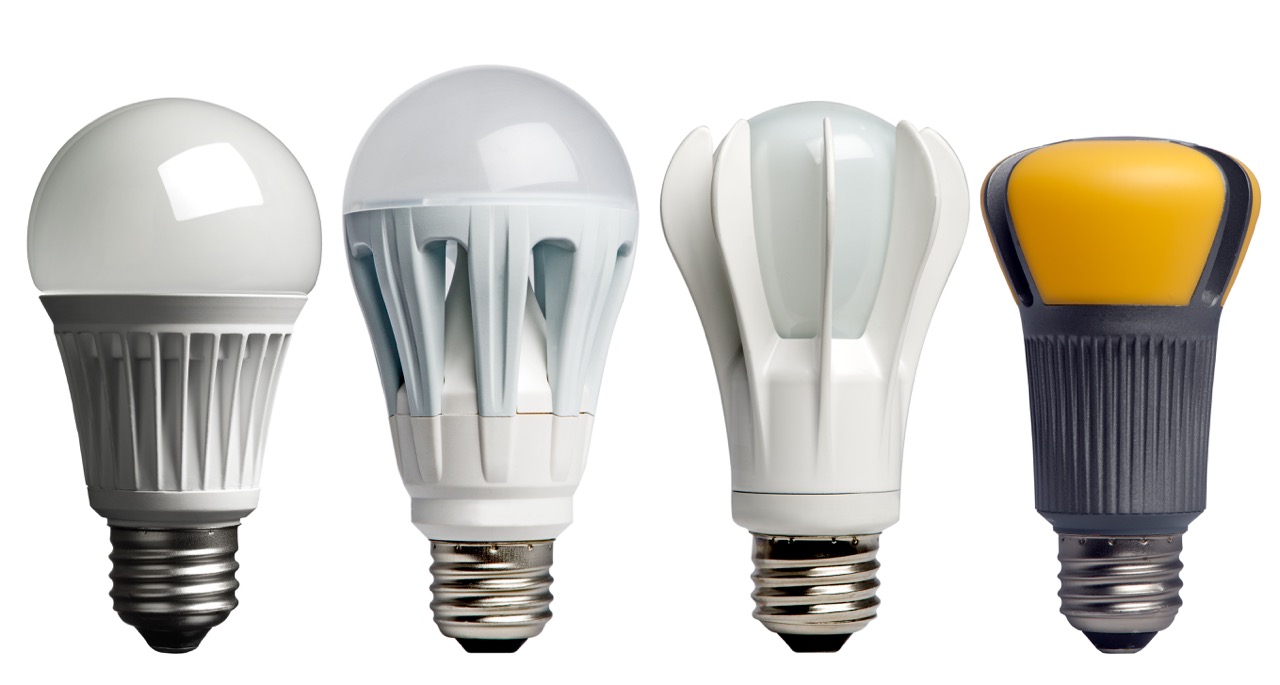
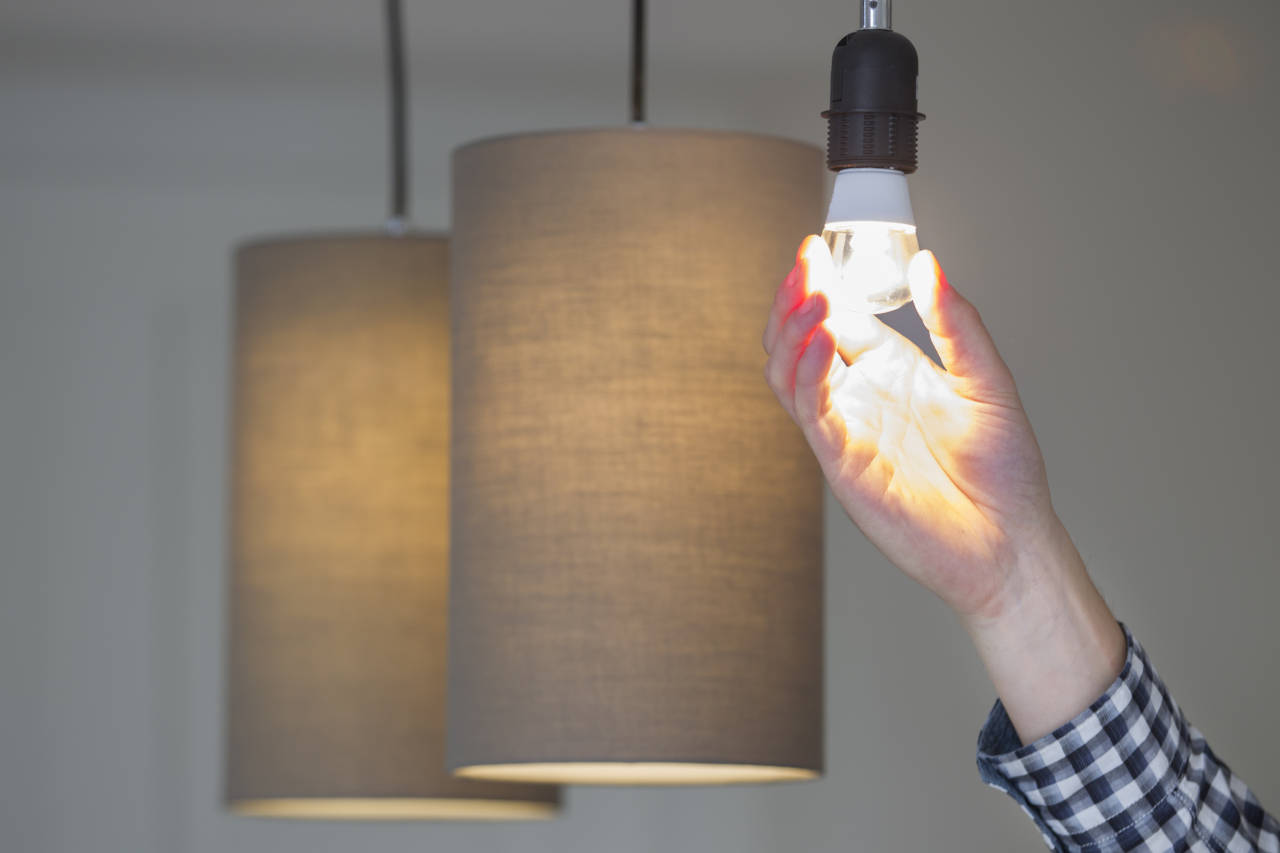
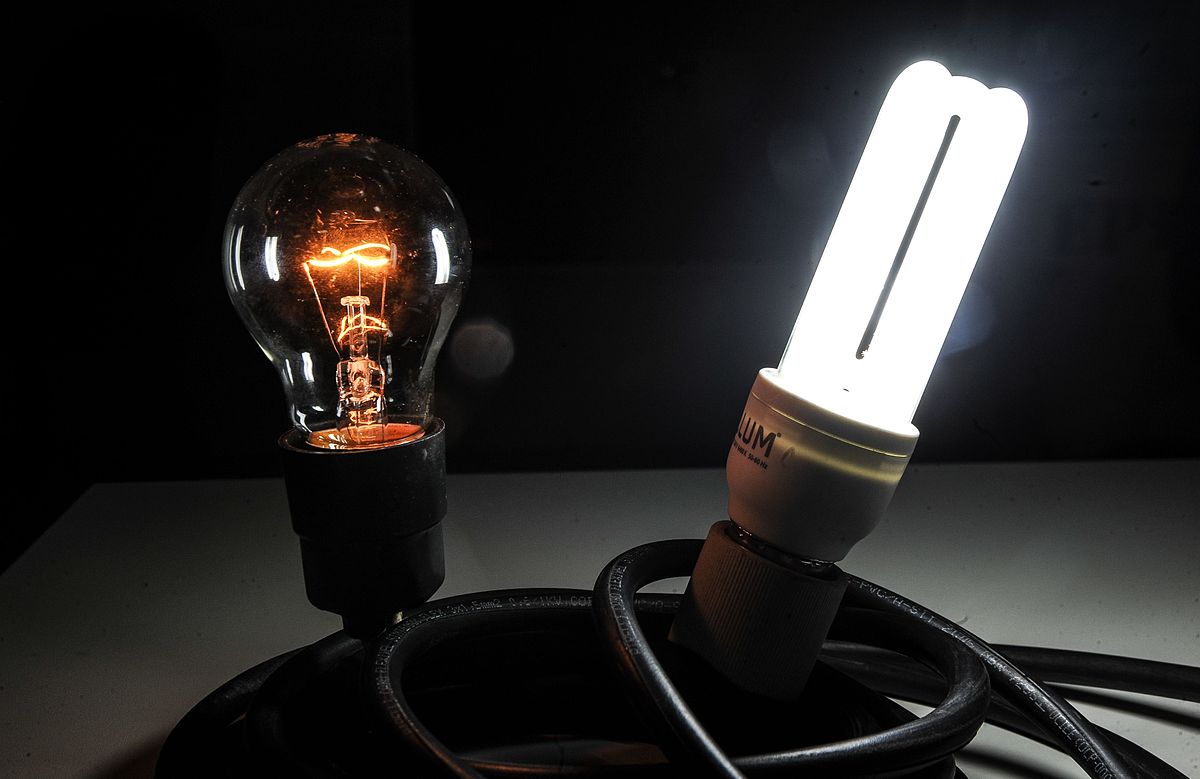

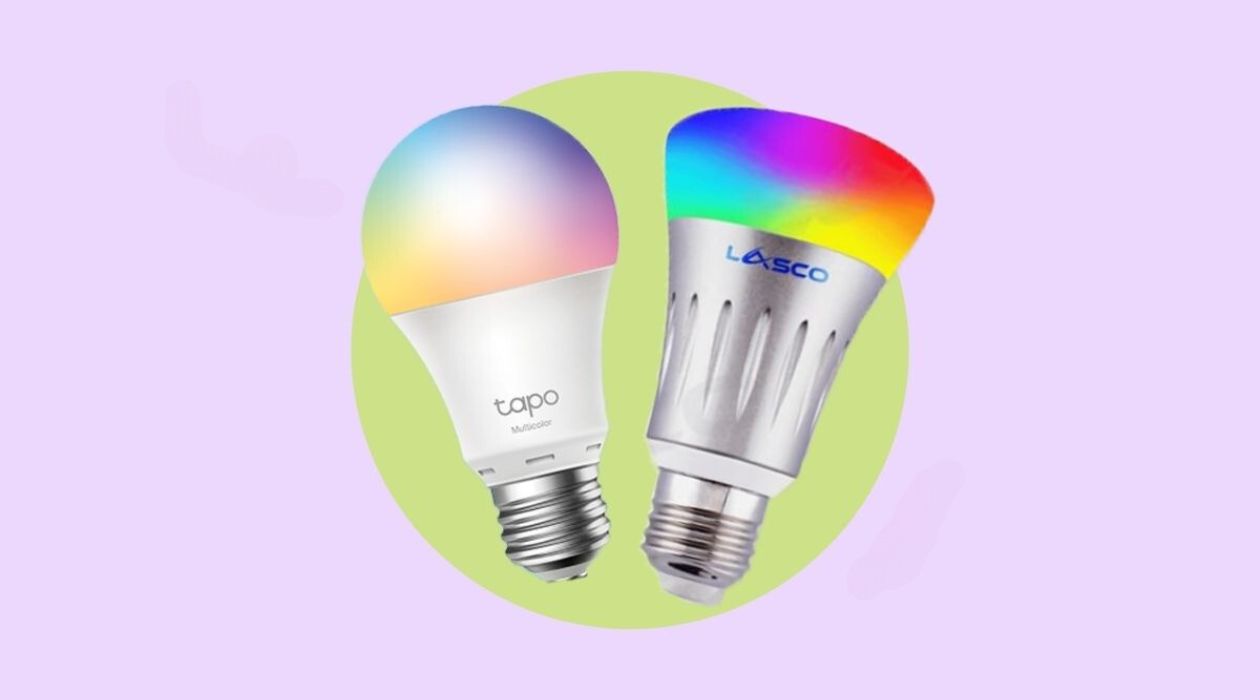
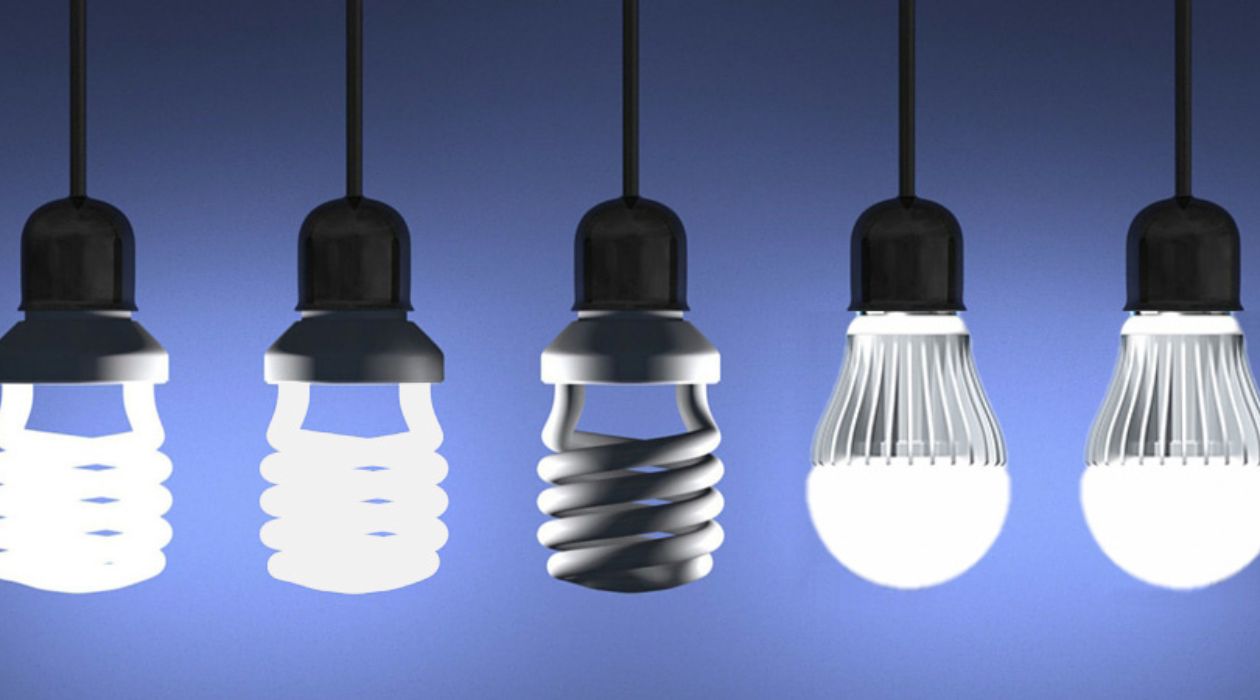
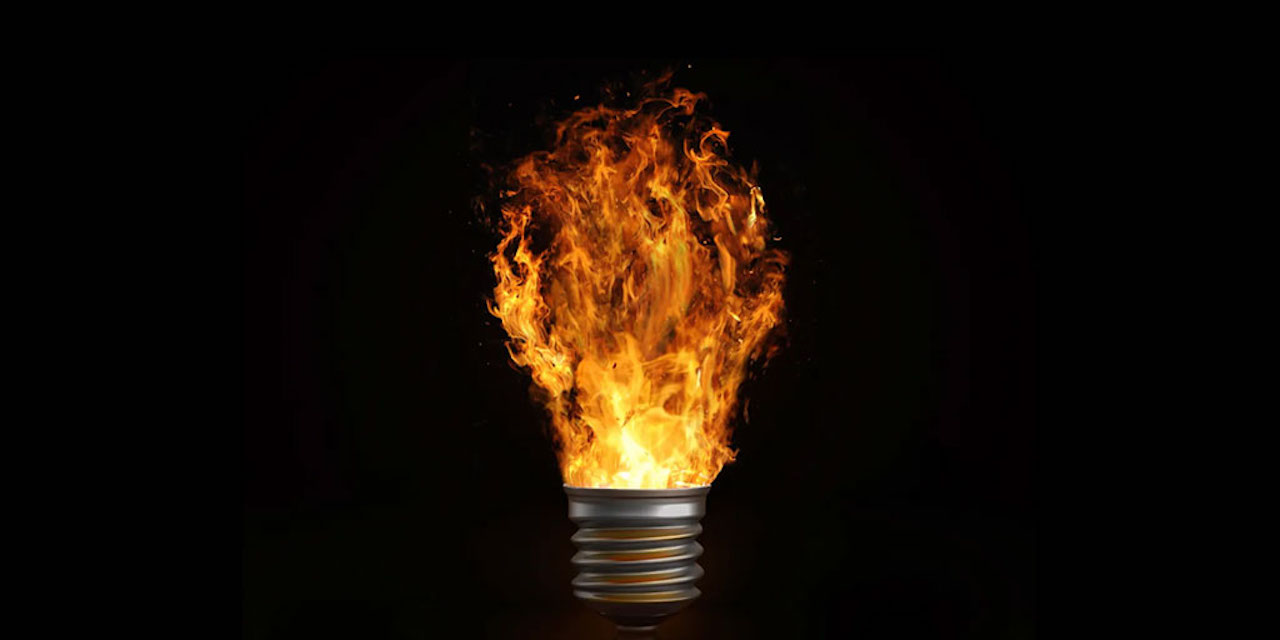
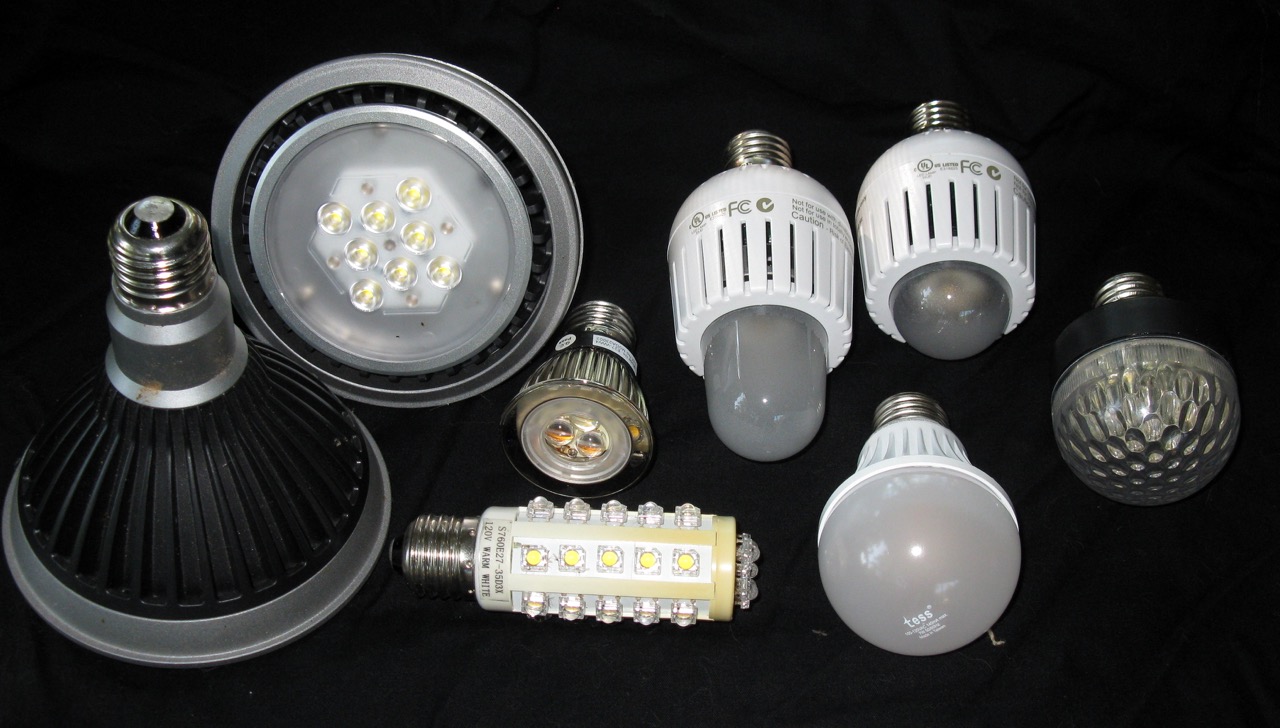


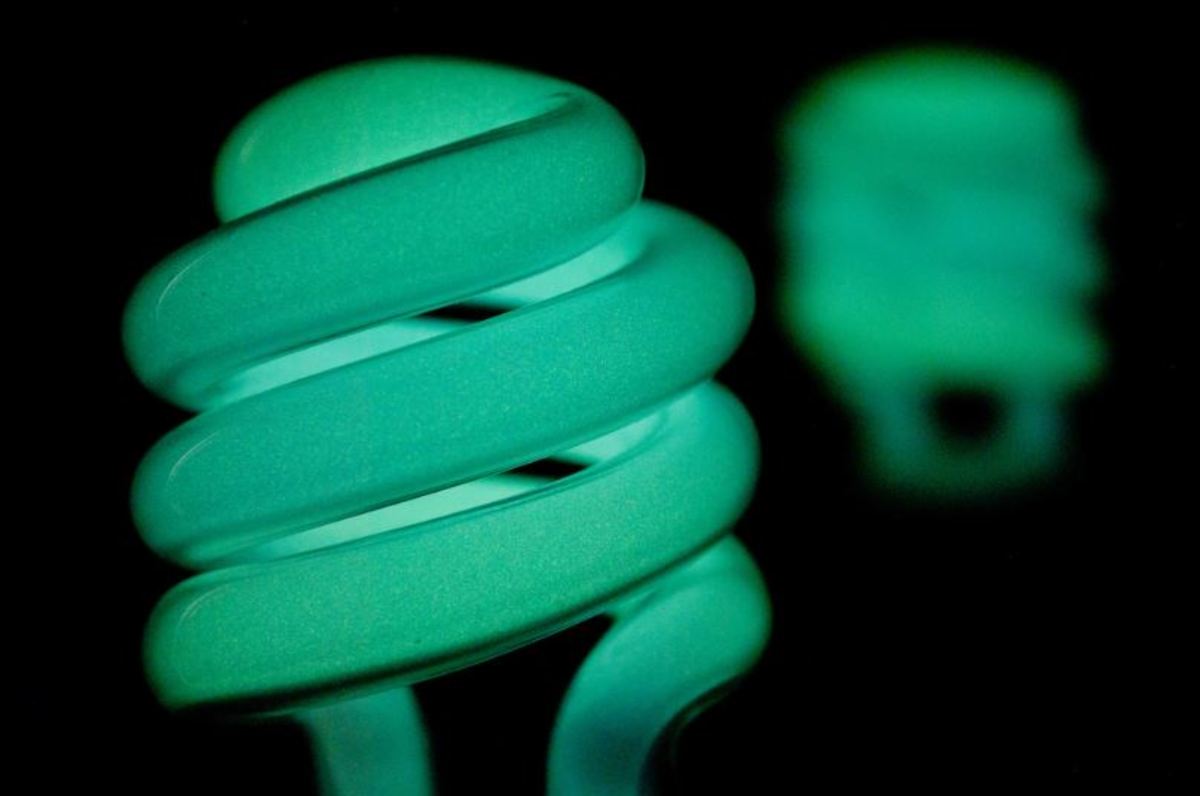

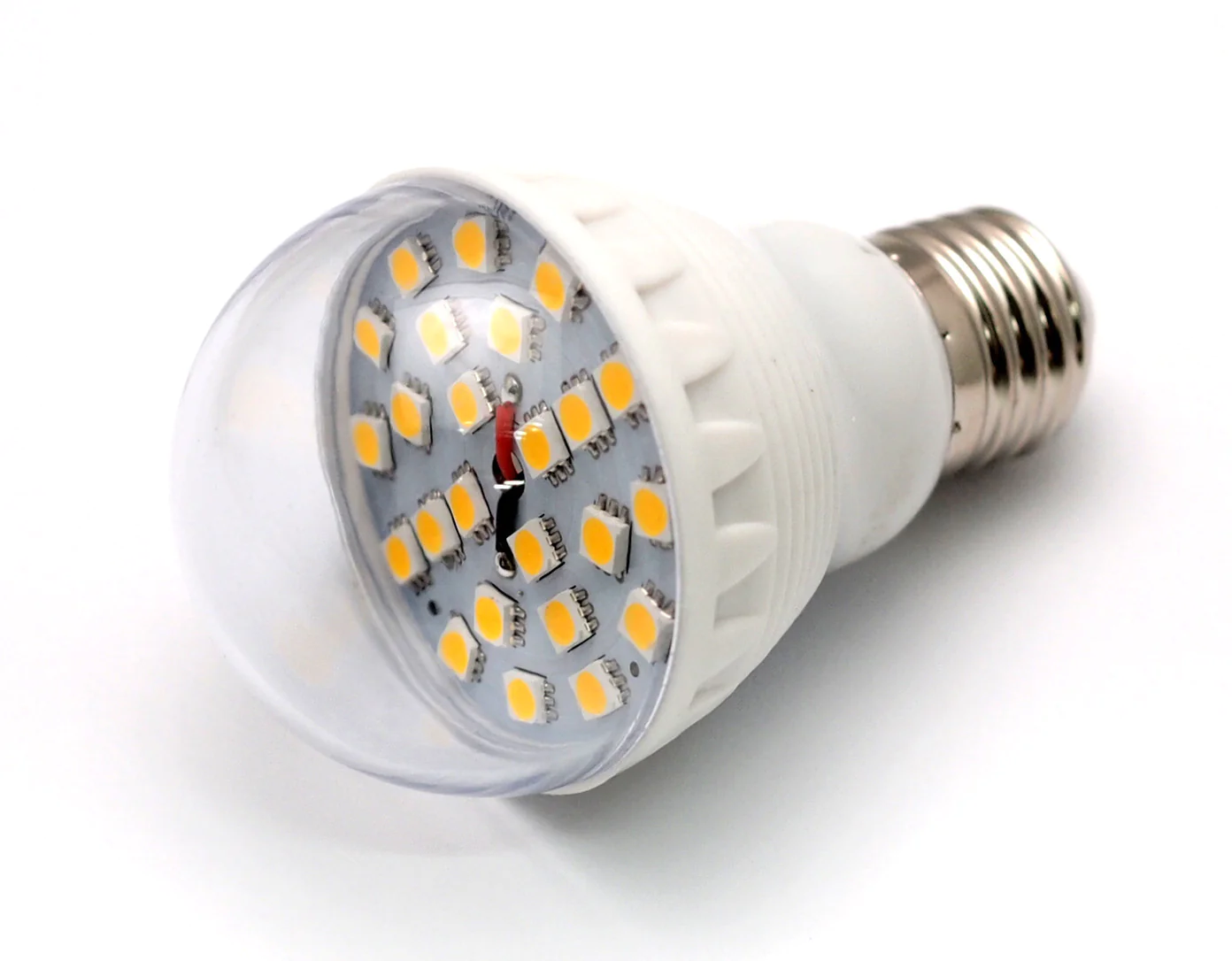
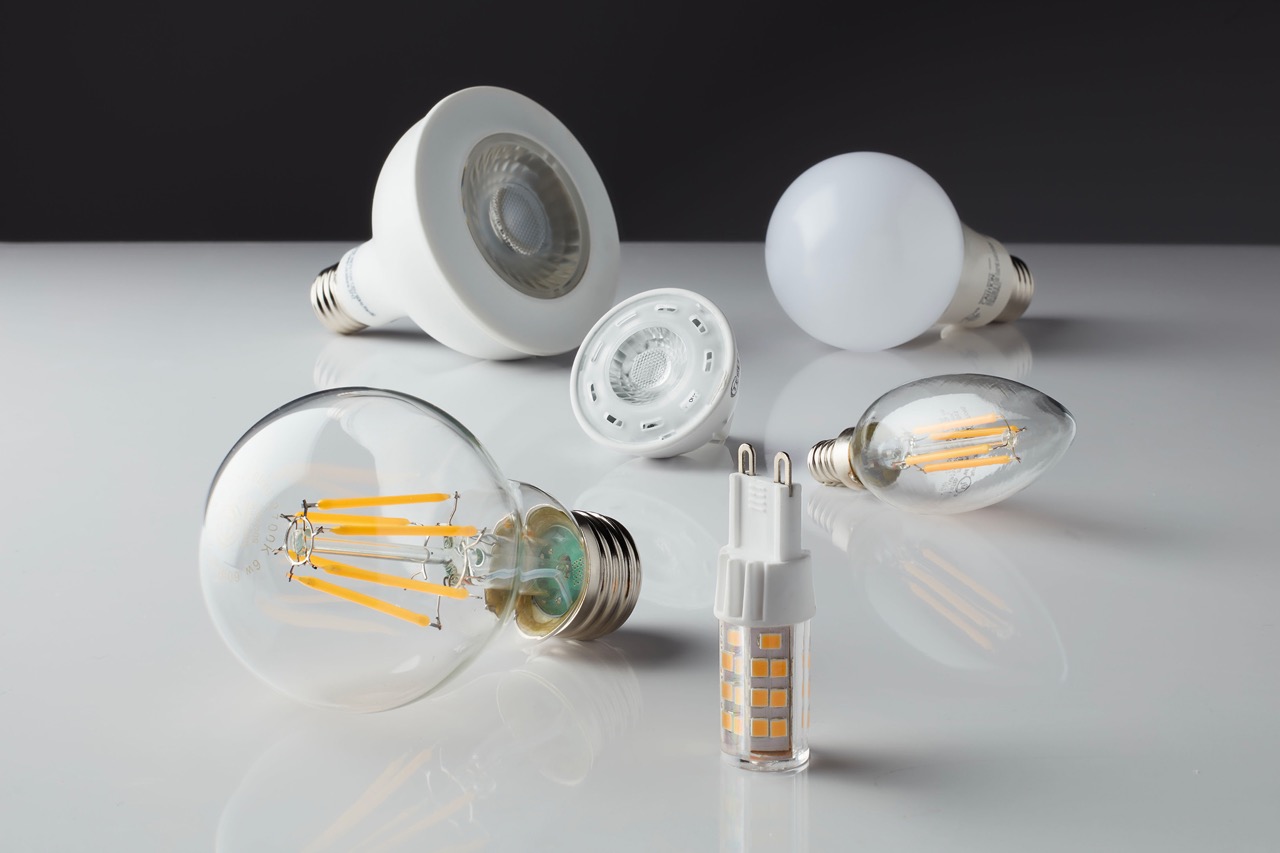

0 thoughts on “How Much Does An LED Light Bulb Cost?”